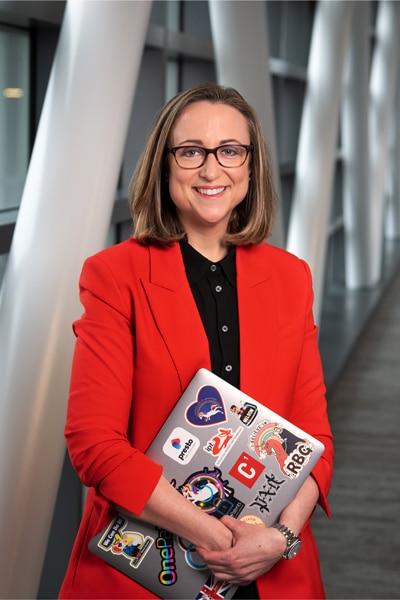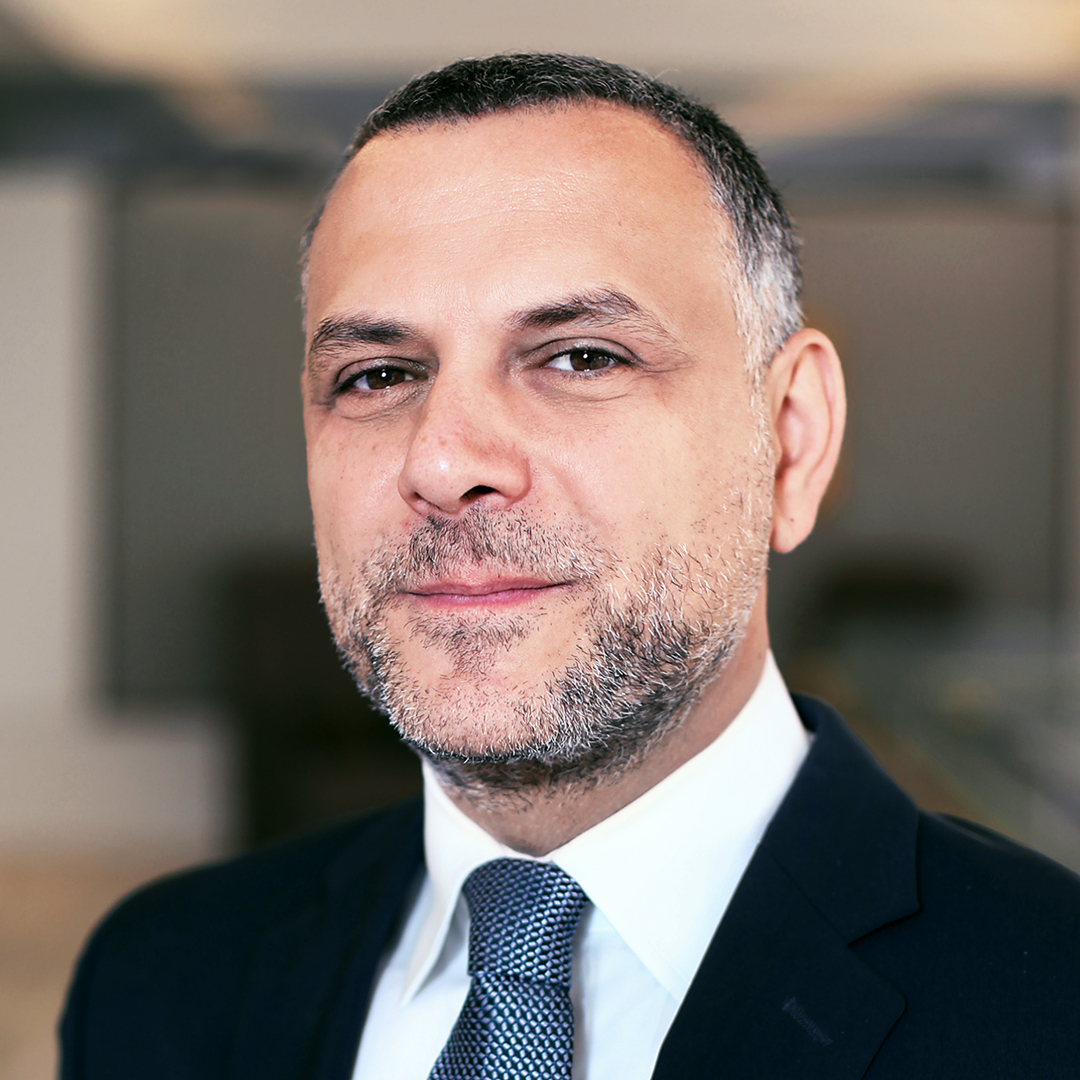It’s no secret that technology has fundamentally changed the way that consumers interact with each other, their environments, and the companies and services they seek. Customer expectations are also changing, with the introduction of on-demand and personalized services leading the way.
The streaming content revolution of the last decade has given consumers instantaneous access to entertainment, shoppers can place orders via text and have their items delivered within hours, and the world has grown to expect immediate and direct answers to their questions because, after all, a routine internet search can likely provide them with one—right or wrong—in seconds.
Nearly every industry has been swept up in the digital revolution, and financial services is no exception. Where one-on-one, in-person communication with a bank teller or representative was once the only way to conduct a transaction, as those transactions have moved to the digital realm, companies have either opted to operate on the forefront of these efforts or risked being left behind in the new century. Capital One fully embraced tech and—very early on—opted for the former.

According to Senior Director and Associate General Counsel Ariana Woods, Capital One is, first and foremost, a customer-centered tech company that does banking. “Our goal is to make our customers’ experience better,” Woods says. “Technology may not always be what gets them through the door, but our job is to make their lives easier from then on.”
And Woods and her team are utilizing new IP practices to drive that innovation at one of the world’s best-known credit card and banking organizations.
Celebrating Invention
Woods came to Capital One three years ago after establishing and building her substantial IP prowess, first at IP firm Finnegan, Henderson, Farabow, Garrett & Dunner and then at the original Silicon Valley start-up and innovation giant Hewlett Packard.
“HP was where I really got a good introduction to the mind-set of inventors,” Woods explains. “I was able to better understand what motivates creators and was exposed to complex cradle-to-grave issues that gave me insight into the entire IP life cycle.”
In coming to Capital One, Woods has helped reimagine and drive the company’s IP experience in startling ways. “If you looked at our portfolio over the past eighteen years, there were about 150 patents,” Woods says. “Today, that number is more than 1,100.” In short, Woods was able to help Capital One septuple its patent portfolio in less than three years. But how?
“Part of my team’s job was to change patenting from side of the desk to front and center,” Woods explains. “We wanted to help change the culture to keep pace with the company’s tech transformation, to develop a creative ecosystem, and help recognize and celebrate the fact that our inventors are creative, innovative people with ideas to share. These are people who have a unique idea that no one else in the world has pursued before, and we think that should be acknowledged.”
One of the more novel approaches has been the creation of what Capital One calls patent parties, where imaginative activities like metalwork or glassblowing offer inventors a creative outlet to help stimulate outside-the-box thinking and an inventive mind-set. “We want our inventors to buy into our patent program,” Woods says. “We want them to go out and teach and evangelize to let people know that good ideas can come from absolutely anywhere.”
Widening the Scope of Creation
Woods says that widening the scope of what’s possible at Capital One has spurred amazing results. “At a high level, we’re patenting in traditional financial technologies like payment systems, ATMs, and smart cards,” Woods says. “But we are also innovating and patenting creative ideas in enabling technologies like cloud infrastructure and machine learning.” Woods says the company considers any ideas that are in line with Capital One’s mission to change banking for good and to improve customers’ lives and the world around them.
Woods notes that Capital One’s focus on innovation and change extends beyond what most people might think, like an increased focus on environmental IP. “That might include creating credit cards that use less plastic or mobile devices that autoshare point-of-sale information, so customers don’t have to print a receipt if they don’t want it,” Woods says.
It means augmented reality solutions that could identify how to allocate charitable donations. It also includes proprietary technology that works with a mobile device to analyze sounds in a room to figure out how much energy or water is being used. “All of these ideas showcase the spectrum of what we have coming in from our inventors, all designed to help make people’s lives better. We encourage that and support it any way we can.”
Part of Capital One’s IP success has derived from simply making it easier for inventors to move their ideas along. “We’ve created a robust but simple and fun program that allows us to harness all of these amazing ideas, regardless of where they come from,” Woods says. “We want to tap into the passion of our associates because it’s their drive and ideas that keep us operating at the forefront of financial services.”

